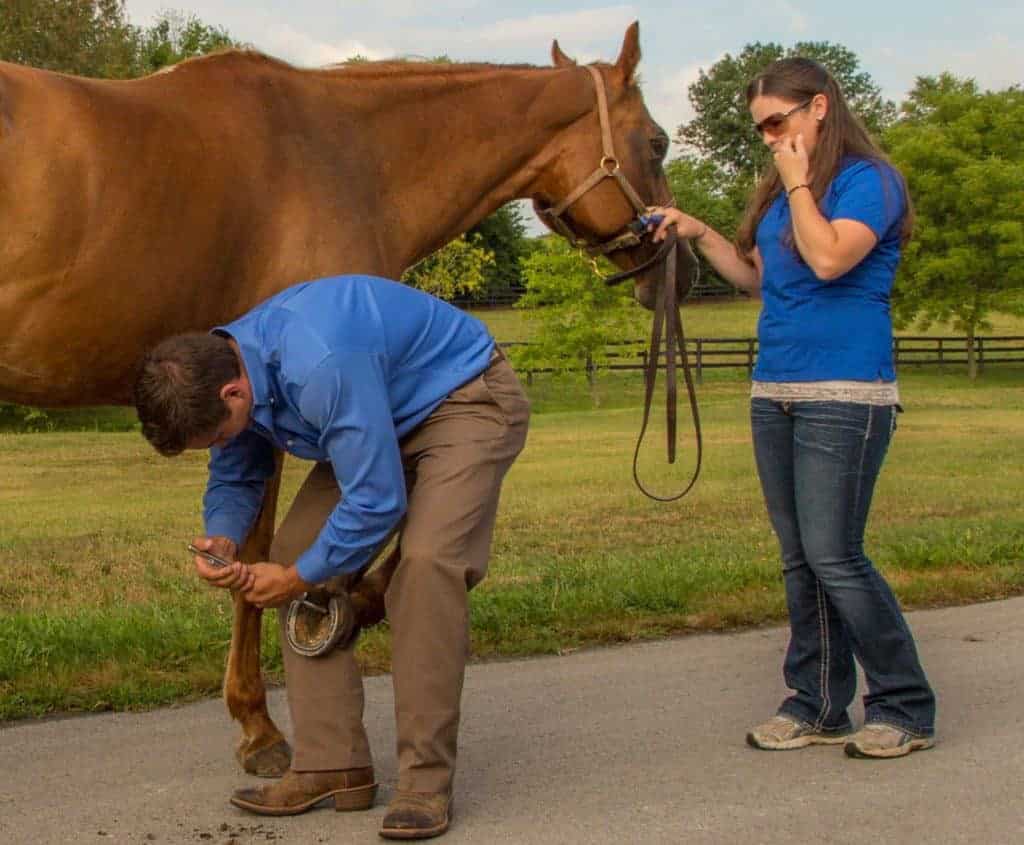Equine Foundation Donation to Aid in Lameness Evaluation
Equine Guelph and Dr. Judith Koenig received a donation help to purchase a lameness evaluation device.
Prevention, diagnosis, and treatment of leg lameness
Equine Guelph and Dr. Judith Koenig received a donation help to purchase a lameness evaluation device.

Find out what the equine genome can tell us about our horses and preventing genetic disease.

Hoof-related issues are a hot topic in veterinary medicine. Here’s what practitioners discussed at a recent meeting.
Topics will include lower-limb lameness, ophthalmology, ambulatory practice, and poor performance.

Don’t rely on hearsay when it comes to caring for your horses’ hooves.

SI disease in performance horses has many clinical signs and causes, making diagnosis challenging for veterinarians. Here’s a checklist to help.

“Navicular” has ended the careers of many great horses, and the word alone can strike fear into any horse owner. Learn more about the condition and get your questions answered during our live event.

Horses with concurrent deep digital flexor tendon lesions were four times more likely to become lame again post-surgery.

Bone is a vital tissue that’s densely packed with specialized cells and supplied with a rich network of blood vessels.

Cornell Ruffian Equine Specialists signed an agreement to install the unit at its facility near Belmont Park.
A veterinarian considers if Epsom salts and poultices really help draw out hoof abscesses.

A vet and horse behavior expert shares how to distinguish between normal hind-leg resting behavior and lameness.

Subjective clinical evaluation allows practitioners to detect mild lameness as well or better than objective methods.

Learn how equine practitioners can assess and pinpoint the source of foot pain using a methodical series of tests.

Dr. Rachel Buchholz explains the steps involved in having a standing MRI done on a horse.

Dr. Rachel Buchholz describes different treatment and management options for horses diagnosed with kissing spines.
Stay on top of the most recent Horse Health news with
"*" indicates required fields